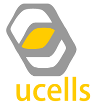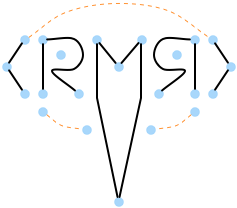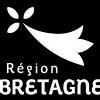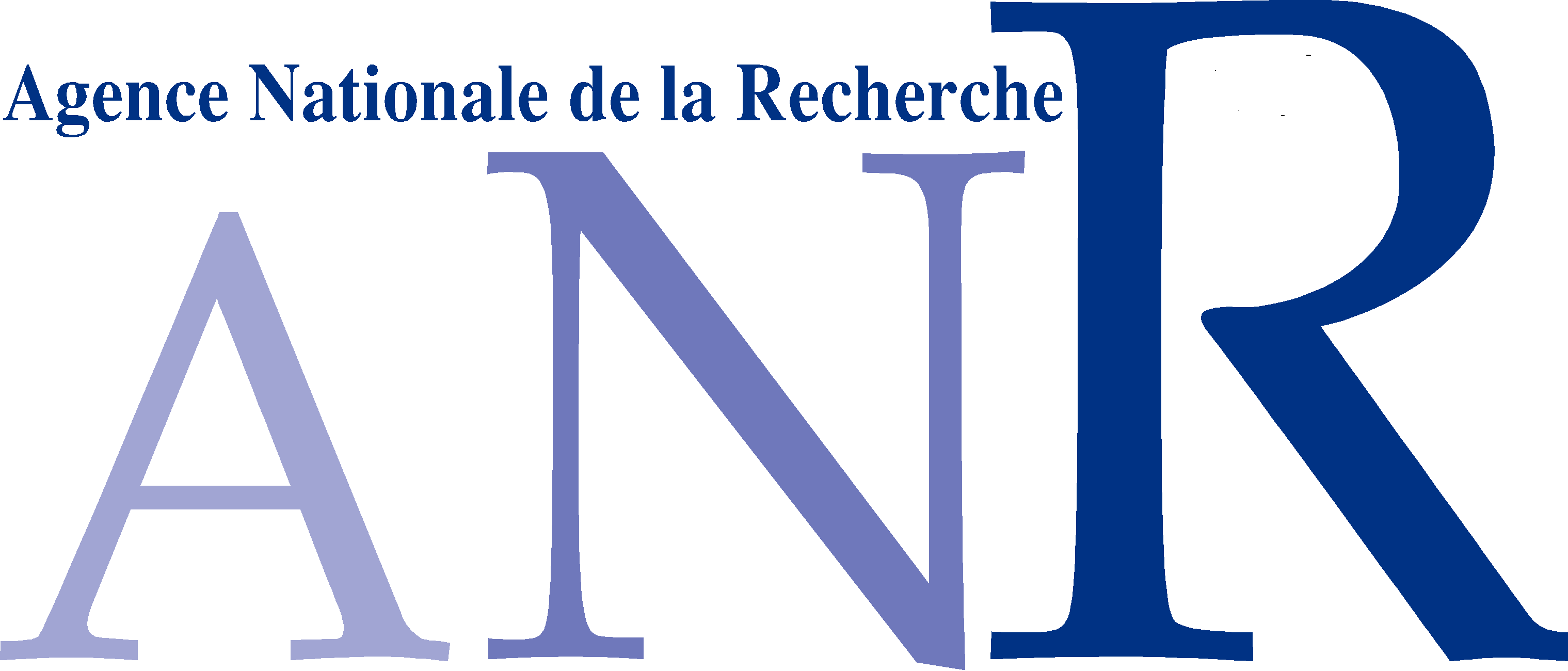PyLayers an Open Source Site Specific Radio Channel Simulator for
* Mobile Heterogeneous Networks,
* Propagation,
* Communications,
* Human Mobility,
* Localization,
* Wearable Devices.
* 5G and IoT studies
The code is developed at the University of Rennes 1 in the laboratory Institute of Electronics and Telecommunication of Rennes.
WebSite : http://pylayers.github.io/pylayers/ Documentation : Documentation
PyLayers is distributed in the hope that it will be useful, but WITHOUT ANY WARRANTY; without even the implied warranty of MERCHANTABILITY or FITNESS FOR A PARTICULAR PURPOSE.
* UWB Raytracing tool (Delays,DOA,DOD)
* Indoor Radio Coverage
* Human Mobility Simulator for Wearables and WBAN
* Handling of Motion Capture
* Rich Antenna Patterns Description
* Heterogeneous Networks
* Indoor Localization Platform
* Handling of various Radio Standards including Ultra Wideband
* ...
See the Install Page
## A Ray-Tracing simulation in 4 lines
>>> from pylayers.simul.link import *
>>> DL = DLink(L='defstr.lay')
>>> DL.eval()
>>> DL._show3()If you have any trouble during the install process you should first refer to the Install Page and particularly to the Usual Install Issues part.
For any problem during the use of the tool, please open an issue on the dedicated github's page
## Developpers
Pylayers is driven by professor Bernard Uguen at University of Rennes 1, IETR laboratory and ESIR school of engineering
Pylayers is currently developed at IETR by Bernard Uguen, Nicolas Amiot and Mamadou Dialounde Balde, with the technical support of all the members from the Research Team of the Propagation and Localization team of the IETR (UMR CNRS 6164) lab.
Among early pylayers contributors : Friedman Tchoffo Talom, Louis Marie Aubert, Roxana Burghelea, Yu Lei, Taguhi Chaluyman, Stéphane Avrillon, Mohamed Laaraiedh, Meriem Mhedbhi and Eric Plouhinec (Saint-Cyr CREC research center).
This work has been supported by the french ANR project AUBADE and CORMORAN and by the European projects FP7 UCELLS, FP7 WHERE1, FP7 WHERE2.
License Copyright ©, 2018 University of Rennes 1












